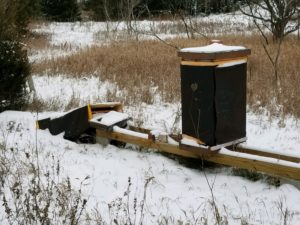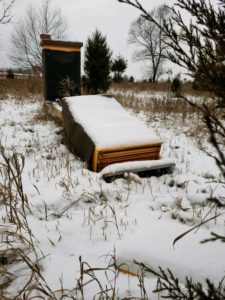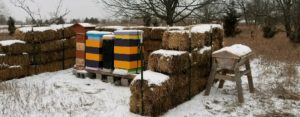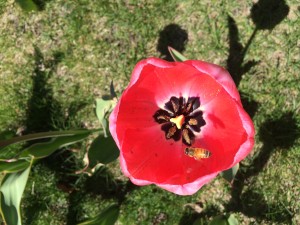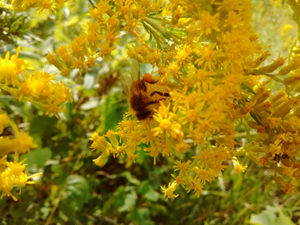Back before social media was so easily and widely used, this website was used to share insights and key bee activities. The blog is no longer updated BUT — there’s some great historical information here, and thus we’re leaving the info here, although some of it may be a bit outdated.

